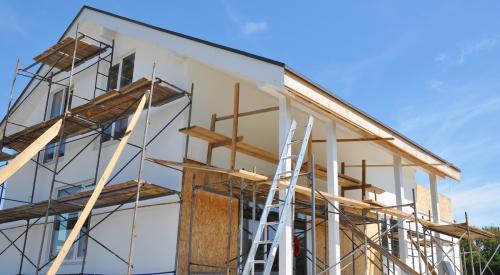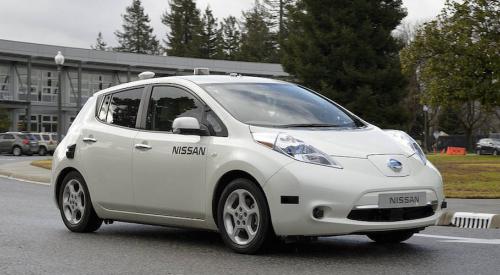Homeowners are buying a home and holding onto it longer than before. But why? Some say it is because homeowners want to keep their low interest rates, but this ignores the fact that rates are rock bottom and people are still not moving at the rate they once were. Instead, one financial expert says it is because the homes people have are big enough to grow their family. As average house size expanded and the number of children declined, the starter home became a lifetime home—or at least until the kids leave for college. Don’t fret, though. There is one demographic that is expected to start looking for houses: the newly-married Millennials looking to leave their condos behind to start a family.
Housing professionals and economists repeatedly assert that American homeowners are staying in the same houses longer and provide a few theories as to why.
One such theory is the rate lockdown thesis. It claims that Americans are staying in their homes longer to keep their lower mortgage rates. When mortgage rates rise, it becomes less desirable to move up to a bigger, more expensive home.
Personally, I have never been a fan of this thesis. The idea that homeowners, en masse, are refusing to move due to their individual mortgage rates goes against well established economic fundamentals.
The rate lockdown thesis is easy to test. If it holds up, then when mortgage rates fall, homeowners who have been anxiously waiting will put their homes on the market, and inventory will open up.
Except that has never happened in this cycle. Inventory always went down when rates lowered because demand got better. The only time inventory went up was when mortgage rates went higher, demand got softer and sales went down.
Makes sense, right?
We saw this in 2013-2014 and again in 2018-2019. In each of these periods, when rates went higher, demand fell and inventory went up. However, when it went lower, demand got better and the monthly supply fell. We never saw the releasing of inventory that some had hoped for when rates went lower.













